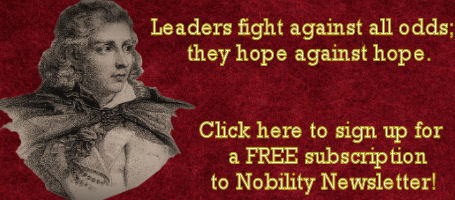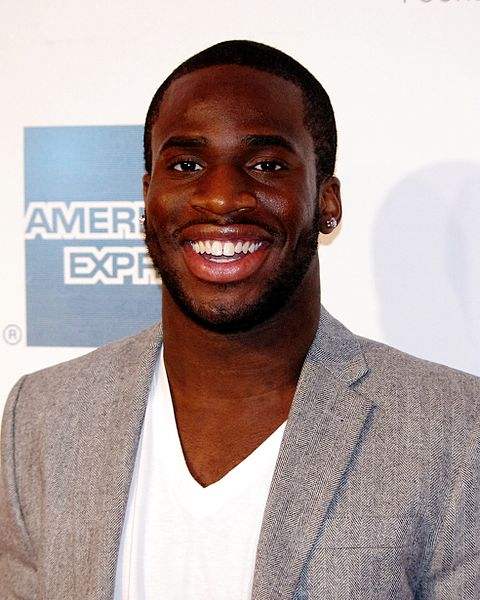
Hereditary Prince Alois of Liechtenstein on March 12, 2009. Prince Alois made headlines and warmed the hearts of millions of good Catholics around the world, when he threatened to veto a popular referendum, if a majority showed itself favorable to legalizing procured abortion. Photo by Uve Harder
Our needs are different from those of feudal times. We do not seek the military chieftains who, in the face of barbarian invasions, took upon themselves the task of resisting barbarian hordes. Instead we seek those figures who take upon themselves the more subtle task of becoming what some sociologists call “representative characters” who, not unlike past feudal figures, are as much a product of society as their own efforts.
As Alasdair MacIntyre writes, such characters “are, so to speak, the moral representatives of their culture and they are so because of the way in which moral and metaphysical ideas and theories assume through them an embodied existence in the social world.”(1)
Representative characters take the principles, moral qualities, and virtues desired and needed by their communities and translate them into concrete programs of life and culture. They quickly transform thought into action, doctrine into reality, and tendencies into fashions. That is to say, in our concrete case, these figures must engage themselves in our society in crisis and draw and fuse society together to formulate the very essence of a rich social life.

Prince Kelechi Amukamara, cornerback for the New York Giants. Prince is his title, not his name. He is a Nigerian prince. He became a hero to millions of Americans when he declared to our liberal media that he was a virgin, and proud of the fact. Photo by David Shankbone
“A representative character is a kind of symbol,” write Robert N. Bellah et al. “It is a way by which we can bring together in one concentrated image the way people in a given social environment organize and give meaning and direction to their lives.”(2)
(1) Alasdair MacIntyre, After Virtue: A Study of Moral Theory, 3rd ed. (Notre Dame, Ind.: University of Notre Dame Press, 2007), 28.
(2) Robert N. Bellah, et al. et al., Habits of the Heart: Individualism and Commitment in American Life (Berkeley, Calif.: University of California Press, 1985), 39.
John Horvat II, Return to Order: From a Frenzied Economy to an Organic Christian Society—Where We’ve Been, How We Got Here, and Where We Need To Go (York, Penn.: York Press, 2013), 199-200.










